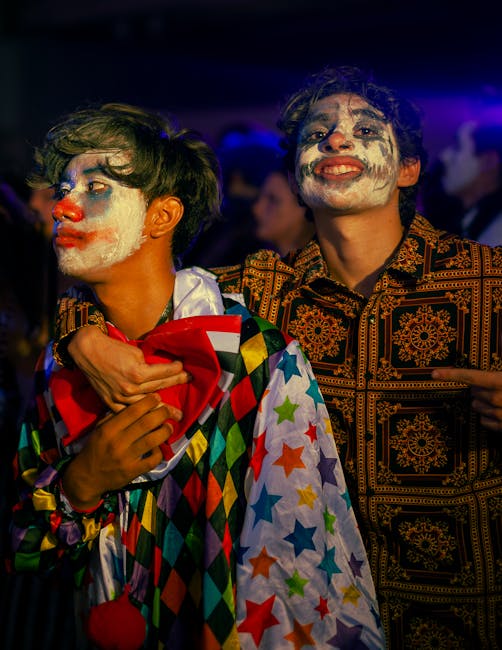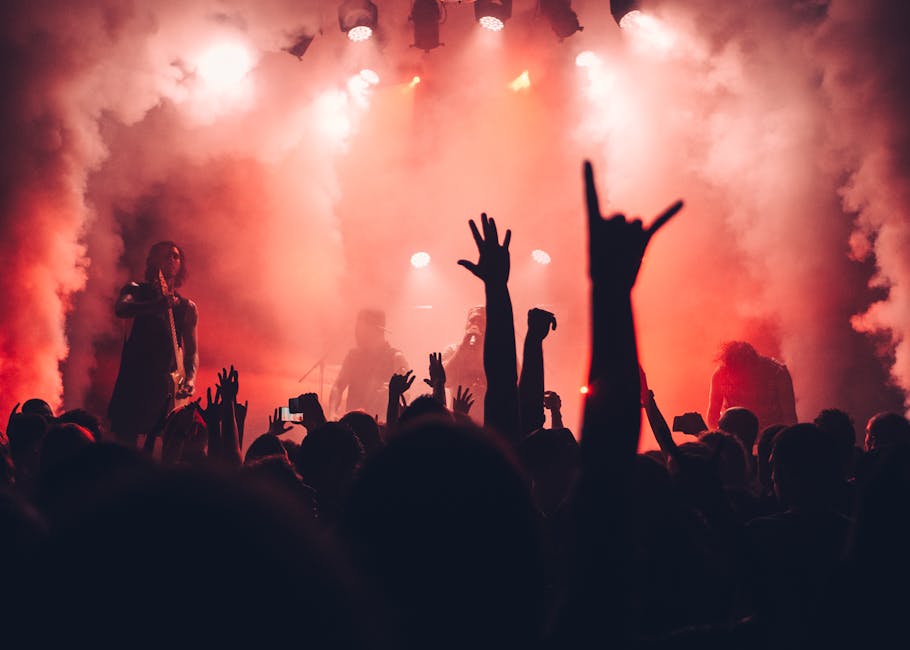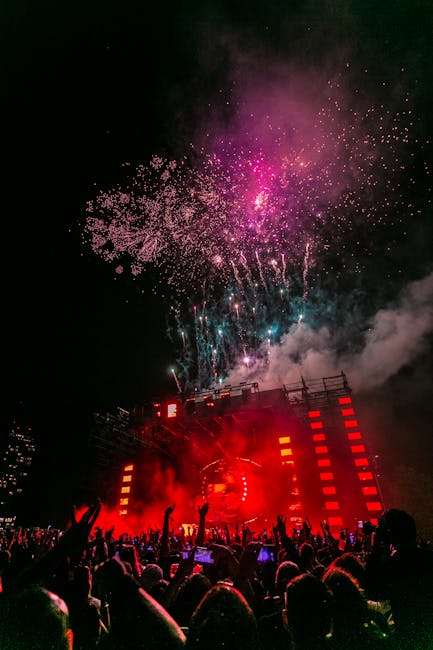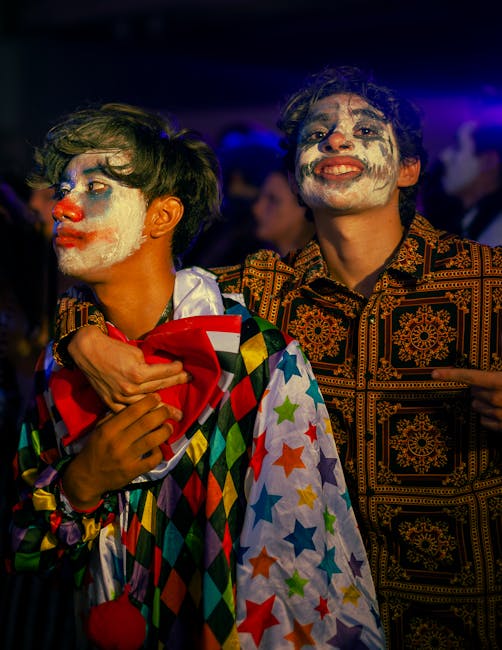What is a Rave? Unpacking the Definition
The term “rave” conjures vivid images: pulsating lights, thundering bass, a sea of ecstatic faces lost in a whirlwind of music and movement. But beyond the vibrant imagery, what truly defines a rave? A simple definition might describe it as a large, often all-night dance party featuring electronic dance music (EDM), but the reality is far richer and more nuanced. This in-depth exploration dives into the multifaceted definition of a rave, exploring its cultural significance, musical evolution, and historical context.
The Core Elements of a Rave Experience
While the specifics vary from event to event, certain elements consistently define the rave experience:
- Electronic Dance Music (EDM): The heart and soul of any rave is the music. Genres like house, techno, trance, drum and bass, and dubstep are staples, each contributing its own unique energy and vibe.
- Immersive Atmosphere: Raves are characterized by immersive environments, often created using elaborate light shows, laser displays, and visual projections. This visual spectacle enhances the overall sensory experience.
- Community and Connection: A strong sense of community is paramount. Raves often foster a feeling of unity and acceptance amongst attendees, creating a space where people can freely express themselves and connect with like-minded individuals.
- Extended Duration: Many raves are all-night affairs, extending into the early hours of the morning. This extended duration allows for a deeper immersion into the music and atmosphere, fostering an altered state of consciousness.
- Drug Culture (Historically and Controversially): While not an inherent part of the rave experience, the historical association with recreational drugs, particularly ecstasy (MDMA), remains a significant, albeit controversial, aspect of the rave culture’s image and its ongoing debates. The modern rave scene actively pushes for safer environments and harm reduction strategies.
A Journey Through Rave History: From Underground to Mainstream
The origins of raves can be traced back to the late 1980s in the United Kingdom, emerging from the acid house scene. These early raves were largely underground events, often held in secret locations like warehouses, abandoned buildings, and fields. The anonymity and clandestine nature contributed to the rebellious and counter-cultural spirit associated with the rave scene.

As rave culture gained popularity, it spread across the globe, influencing musical styles and subcultures worldwide. The music evolved, incorporating new genres and technological advancements. The use of synthesizers, samplers, and digital audio workstations revolutionized the sound of rave music, creating increasingly complex and sophisticated soundscapes.
However, the rise of mainstream popularity also brought challenges. The increasing commercialization of rave culture led to concerns about safety, authenticity, and the dilution of its original rebellious spirit. The issue of drug use continued to plague the scene, resulting in regulatory crackdowns and safety concerns.
The Rave Scene Today: Evolution and Diversification
Today, the rave scene is significantly more diverse than its origins. While the underground spirit persists in certain pockets, large-scale festivals and organized events are now commonplace. The music scene itself has branched out into numerous subgenres and styles, each with its dedicated following. This diversification has led to a broader appeal, attracting a wider demographic beyond the original counter-cultural groups.
Modern raves emphasize aspects like safety, harm reduction, and inclusivity. Many events now incorporate measures to mitigate risks associated with drug use, providing on-site medical personnel, water stations, and designated areas for rest.

Furthermore, the emphasis on community and self-expression remains strong. Rave culture continues to offer a space for people to escape everyday life, celebrate individuality, and experience a profound sense of connection with others.

Beyond the Music: The Social and Cultural Significance of Raves
The impact of rave culture extends far beyond its musical and aesthetic dimensions. Raves have played a significant role in shaping youth culture, providing a platform for alternative expressions, social activism, and community building. The emphasis on self-expression, tolerance, and acceptance within the rave community has influenced broader social movements and fostered a sense of collective identity.
The use of technology and digital innovation within the rave scene has also contributed to its enduring appeal. From the development of new musical software and hardware to the use of immersive visual technologies, raves continuously push the boundaries of artistic and technological creativity.
The Ongoing Debate: Rave Culture and Drug Use
It is impossible to discuss rave culture without acknowledging the persistent and complex issue of drug use. While not inherent to raves, the historical association with substances like ecstasy remains a significant aspect of the scene’s image and its societal perception. This association has led to controversies, legal challenges, and ongoing debates about harm reduction strategies and responsible use.
Modern rave culture increasingly advocates for harm reduction initiatives. Many events provide information on safe drug use practices, access to medical personnel, and drug testing facilities. The focus is shifting towards creating a safer and more inclusive environment, while still respecting the individual choices of attendees. This ongoing debate highlights the complexities of balancing freedom of expression with safety and public health concerns.
The Future of Raves: Maintaining Authenticity in a Changing World
The future of rave culture remains dynamic and uncertain. Balancing the commercialization of large-scale events with the preservation of the scene’s unique underground ethos is a continuous challenge. Maintaining the authenticity and spirit of early rave culture while adapting to changing social norms and technological advancements will be key to its continued evolution and relevance.
However, the underlying principles of community, self-expression, and a shared love of music seem likely to endure. As long as people seek escape, connection, and freedom of expression through music and dance, the spirit of the rave will continue to find new forms and iterations in the years to come.

